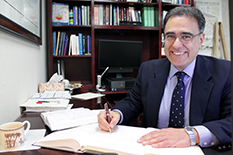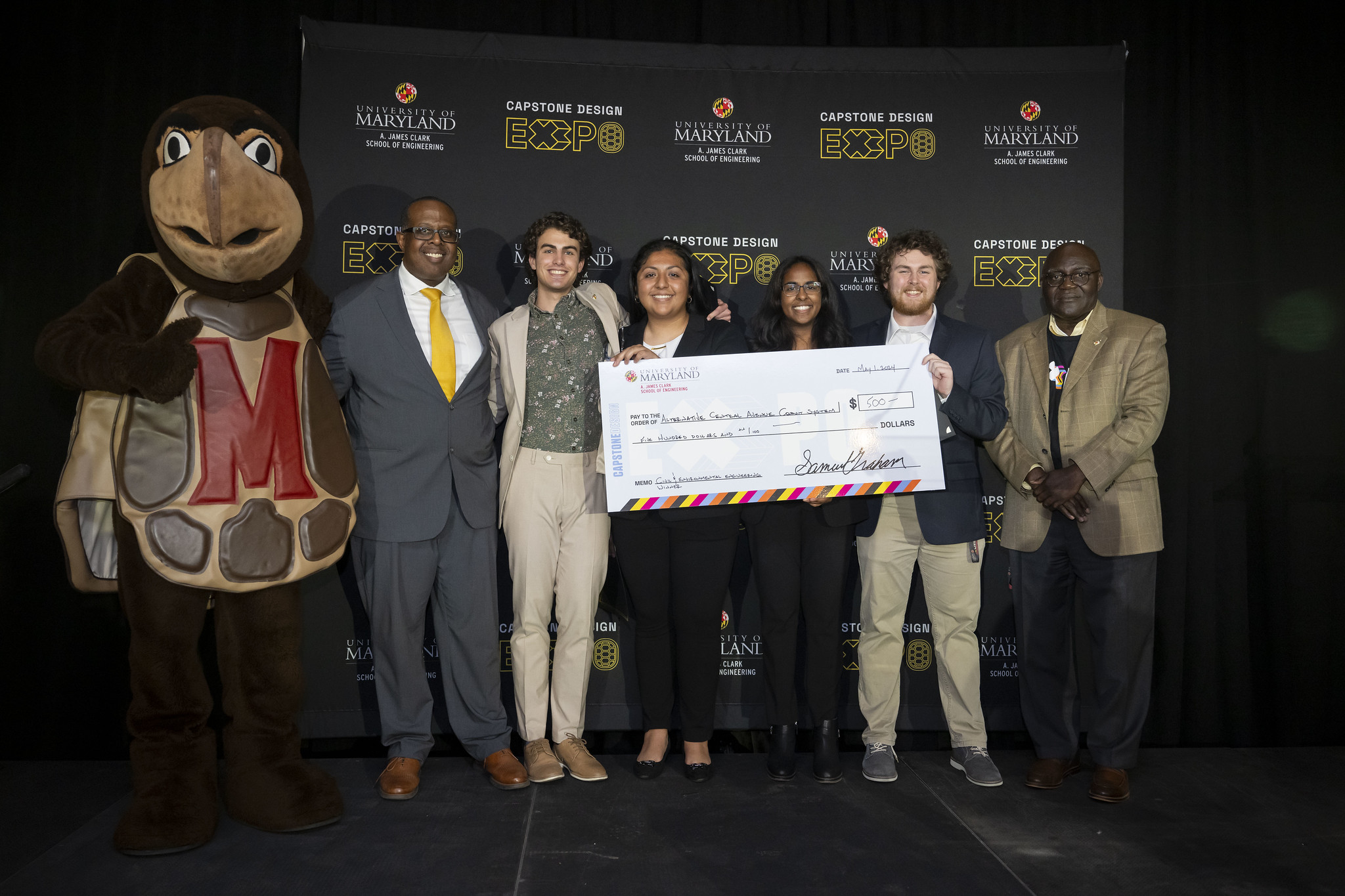News Story
Key Bridge: What Comes Next?

Photo: U.S. Army Corps of Engineers.
As government, industry, and the engineering profession chart a way forward in the wake of the Key Bridge collapse, University of Maryland (UMD) civil and environmental chair Nii Attoh-Okine says a holistic approach is needed.
"We must address critical infrastructure as a 'system of systems', said Attoh-Okine, who is spearheading a joint American Society of Civil Engineers/UMD roundtable on the topic on May 22.
The collapse, which left six dead, has sent ripples through supply chains, with shipping being diverted to other ports and trucks carrying hazardous materials taking detours. The incident has also put additional strain on international shipping, already rattled by geopolitical turmoil and the effects of a changing climate, including higher sea levels that could make some bridges and ports harder to navigate.
Supply chains and their supporting infrastructure have become heavily interconnected in the 21st century, a trend which boosts efficiency but also creates risks, as a single point of failure can produce cascading effects throughout the system, Attoh-Okine said.
"Connectivity across global supply chains, based on the design and interaction of critical infrastructure, can threaten resilience. Under some circumstances, networks can propagate individual shocks across the broader economy and the community," he said.
It’s also a security problem, as malevolent actors can seek to identify and exploit weaknesses in critical infrastructure in ways that have wider repercussions.
Risks like these mean that the post-collapse conversation will be about much more than building a new bridge. Just as importantly, it will be about baking more resilience into the system, Attoh-Okine believes.
He and his colleagues at UMD are working with the White House Advisory Board, federal and state officials, and industry representatives to discuss long-term solutions in the wake of the March 26 collapse. One example of this collaboration is the upcoming roundtable, which will be held at UMD’s A. James Clark School of Engineering.
Stakeholders from government, academia, and industry attending the event will identify lessons learned and provide recommendations for the way forward, Attoh-Okine said.
"We have to do much more than put up a new bridge," he said. "We need to look at the bigger picture. And we need to boost resilience."
Selected Media
Dr. Nii-Attoh Okine, chair of the UMD civil and environmental engineering department, discussed the Key Bridge collapse with national and international media outlets, including the following.
Architectural Digest, "What Caused the Baltimore Bridge to Collapse And Are Other Bridges In Danger?"
"Connectivity across global supply chains, based on the design and interaction of critical infrastructure, can threaten resilience. Under some circumstances, networks can propagate individual shocks across the broader economy and the community."
Dr. Nii Attoh-Okine, professor and chair, Department of Civil and Environmental Engineering, University of Maryland
Baltimore Banner, "How long will it take to replace the Key Bridge? Engineers stress need to do it 'right'"
Baltimore Sun, "Estimates on rebuilding the Key Bridge range from 2 to 15 years"
BBC, Interview with Dr. Nii Attoh-Okine (1)
BBC, Interview with Dr. Nii Attoh-Okine (2)
Canadian Broadcasting Corporation, "CBC News Network's Andrew Nichols speaks with professor of environmental engineering Nii O Attoh-Okine"
New York Magazine, "How to Understand the Baltimore Bridge Collapse"
New York Times, "Force of Ship Impact Was on the Scale of a Rocket Launch"
Science, "Will Baltimore bridge collapse force U.S. to pay more attention to its infrastructure?"
Sky News, "Civil engineering professor speaks about cause of Baltimore bridge collapse"
USA Today, "Why did Francis Scott Key bridge collapse so catastrophically? It didn't stand a chance"
Vox, "The Baltimore bridge collapse and its potential consequences, explained"
WIRED, "The Baltimore Bridge Collapse Is About to Get Even Messier"
Published May 20, 2024








